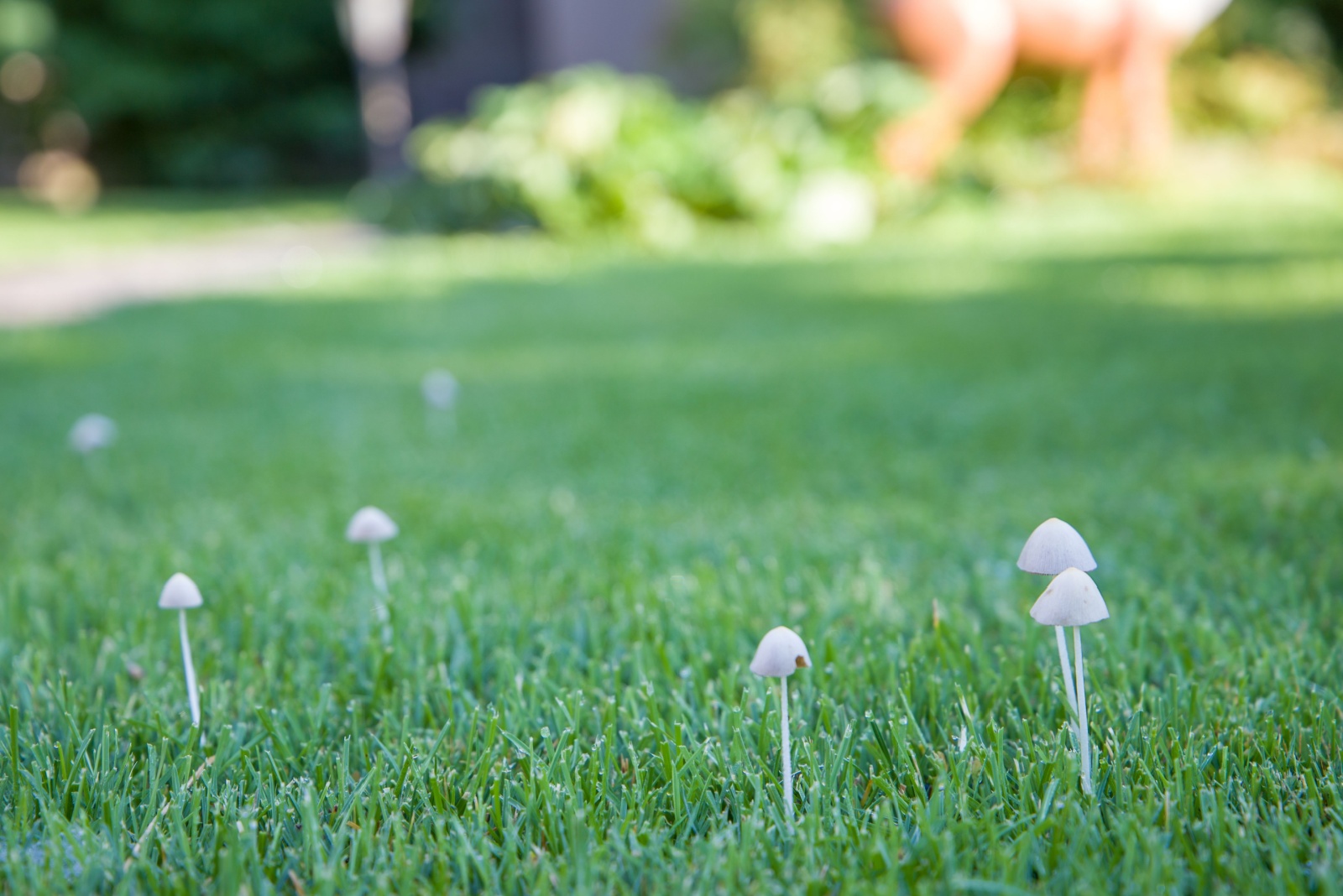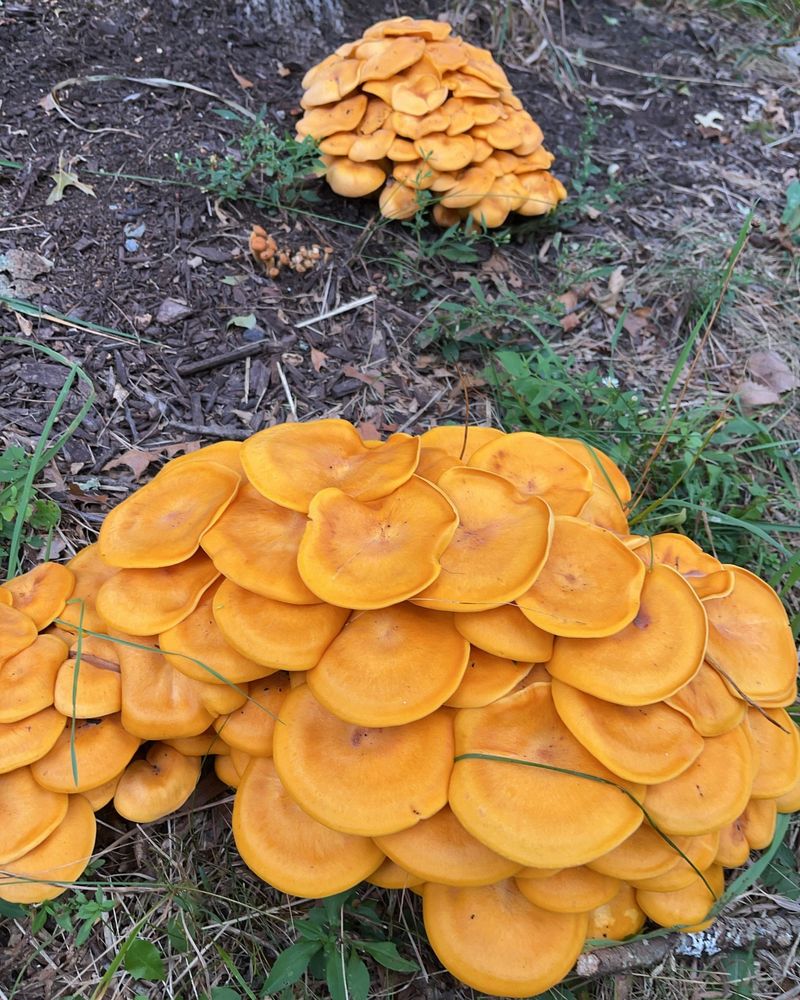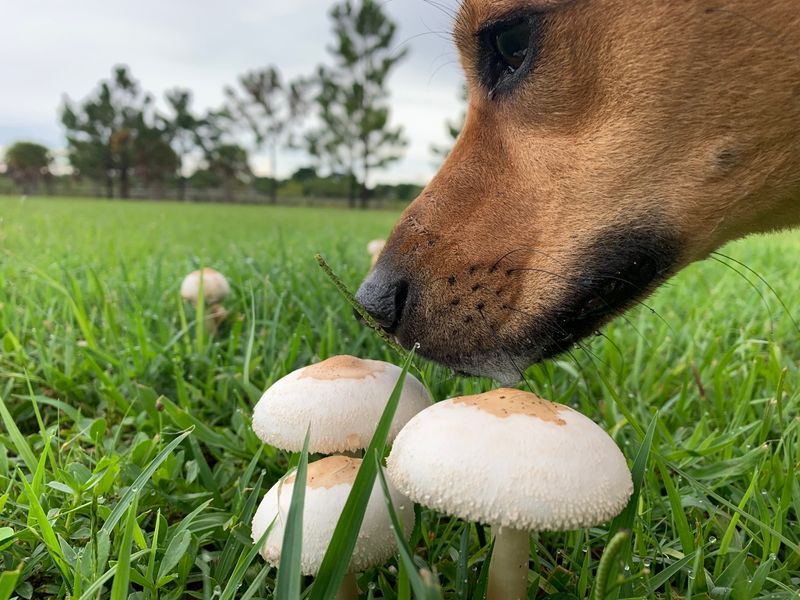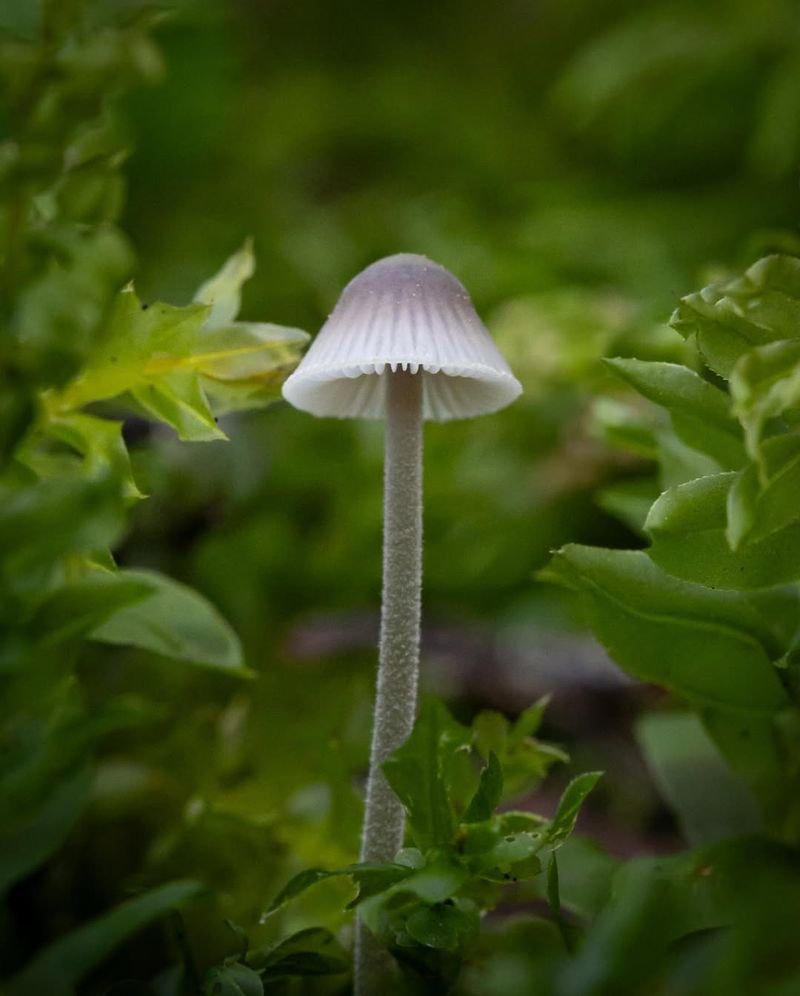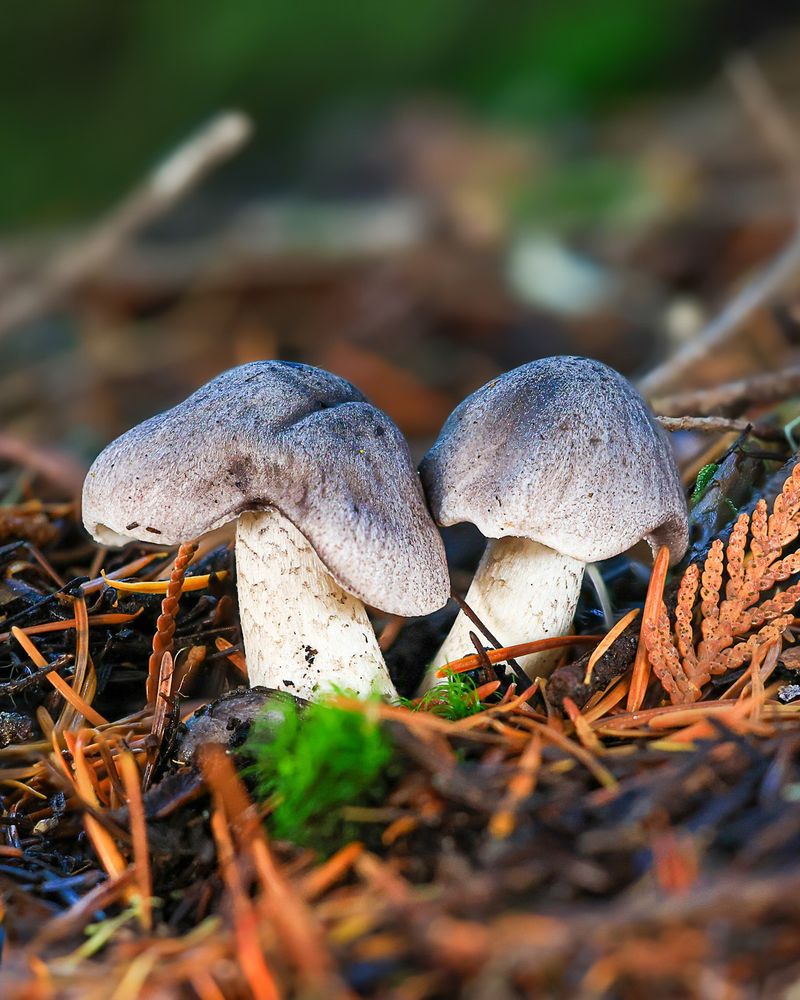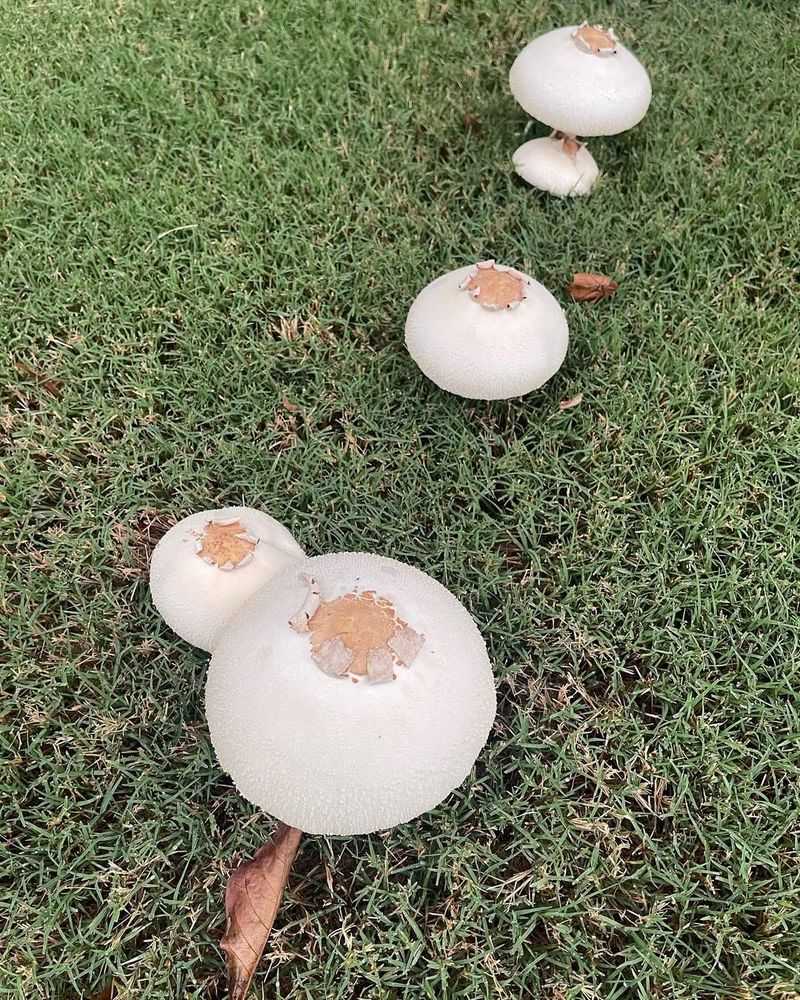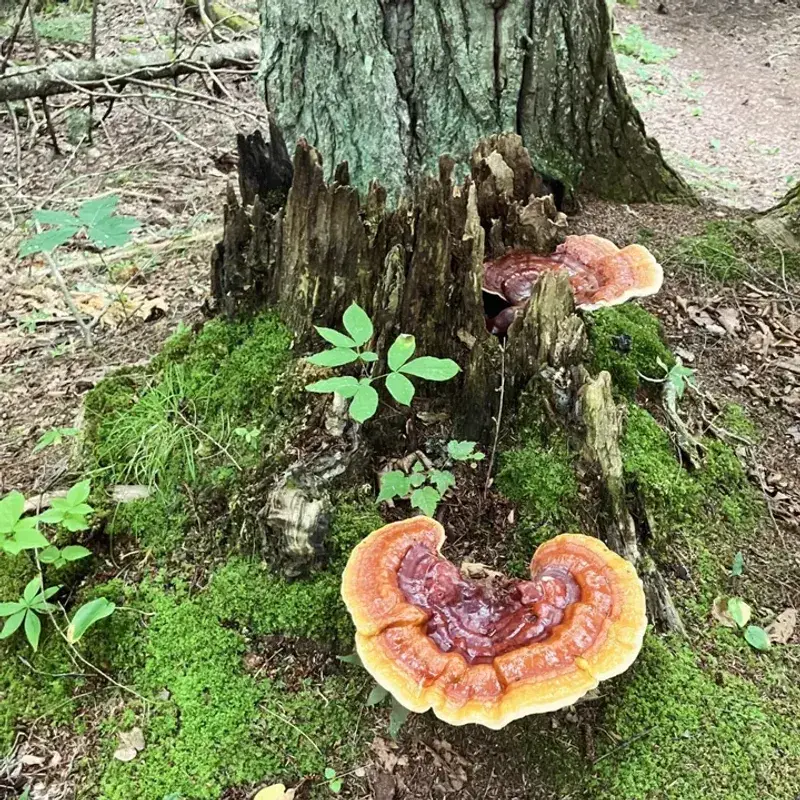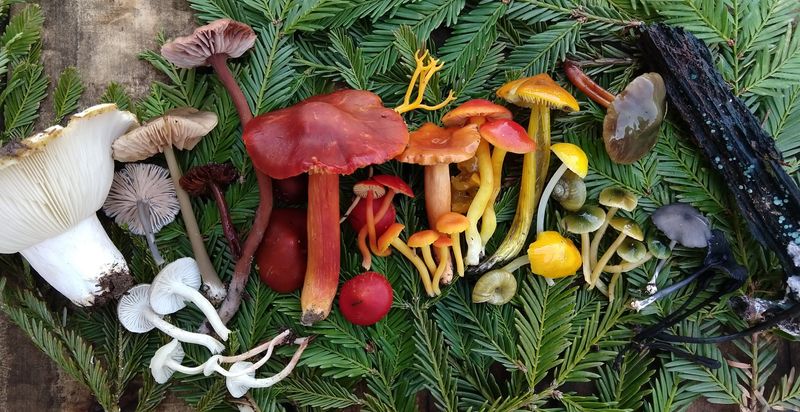Autumn rains in Washington bring more than just puddles and cool air—they wake up hidden mushrooms sleeping beneath the soil. Suddenly, your yard or favorite hiking trail might be dotted with colorful caps and strange shapes popping up overnight.
While some mushrooms are harmless, others can be dangerous, so knowing what to do when you spot them is important for keeping your family, pets, and local ecosystems safe.
1. Admire Them From A Safe Distance
Mushrooms can be beautiful to look at, with caps in shades of red, yellow, brown, and even purple. Many gardeners across Washington enjoy photographing these autumn surprises without touching them.
Keeping your hands off is the smartest move because some species contain toxins that absorb through skin. Even harmless-looking mushrooms might surprise you with hidden dangers.
Grab your camera or phone instead and capture their beauty safely. Your pets and kids should also keep their distance until you know what you’re dealing with.
2. Never Let Children Or Pets Near Unknown Varieties
Curious toddlers and playful dogs don’t know the difference between a snack and a toxic mushroom. Washington’s wet autumn weather creates perfect conditions for dangerous species like Amanita mushrooms to appear in backyards.
These can cause serious illness or worse if eaten. Teach kids that wild mushrooms are never safe to taste, no matter how interesting they look.
Keep dogs on leashes during walks and watch them closely in your yard. If you suspect ingestion, contact poison control or your vet immediately for guidance.
3. Take Clear Photos For Identification Purposes
Snapping good pictures helps experts figure out exactly what’s growing in your space. Photograph the mushroom from multiple angles—top, side, and underneath the cap where gills or pores hide.
Include something for scale, like a coin or your hand nearby. Washington has mushroom identification groups online where knowledgeable foragers share their expertise freely.
Post your photos there or contact local mycology clubs for accurate identification. Never rely on guesswork when it comes to mushroom safety, especially with so many lookalikes in the Pacific Northwest.
4. Research Local Edible And Toxic Species
Washington’s climate supports both delicious edibles like chanterelles and deadly poisonous varieties. Learning the difference takes time and careful study, not just a quick internet search.
Field guides specific to the Pacific Northwest are invaluable resources for residents. Local libraries and bookstores carry excellent references written by regional experts who understand Washington’s unique fungal diversity.
Join a mushroom foraging class or guided walk to learn from experienced hunters. Even then, always have experts verify your finds before considering any mushroom safe to eat or handle.
5. Remove Them If They Pose Risks To Your Household
Sometimes the safest choice is removal, especially when toxic varieties appear where kids or pets play. Wear gloves and use a small shovel to dig them out completely, including the base hidden underground.
Place them in sealed bags before throwing them away so curious animals can’t access them. Washington gardeners often find mushrooms return despite removal because the main fungal network lives beneath the soil.
This is normal and not a sign of poor yard care. Keep monitoring those spots and remove new growth as needed to maintain safety.
6. Understand Their Role In Your Yard’s Ecosystem
Mushrooms aren’t invaders—they’re nature’s recyclers breaking down dead wood, roots, and organic matter in your soil. Their presence often indicates healthy, living soil full of beneficial organisms.
Washington’s mushroom-friendly climate means these decomposers thrive here, especially after autumn rains saturate the ground. The underground fungal networks also help trees and plants share nutrients and water through their root systems.
Rather than viewing them as pests, consider them signs of a thriving ecosystem working exactly as nature intended beneath your feet.
7. Connect With Local Mycology Groups And Experts
Washington has passionate communities of mushroom enthusiasts eager to share knowledge with beginners. The Puget Sound Mycological Society and other regional clubs host forays, workshops, and identification events throughout autumn.
These groups welcome curious newcomers and provide safe learning environments. Online forums and social media groups also connect Washington residents with experienced mycologists who answer questions and help identify mysterious backyard finds.
Building relationships with these experts enriches your understanding and keeps you informed about what’s popping up locally each season.

